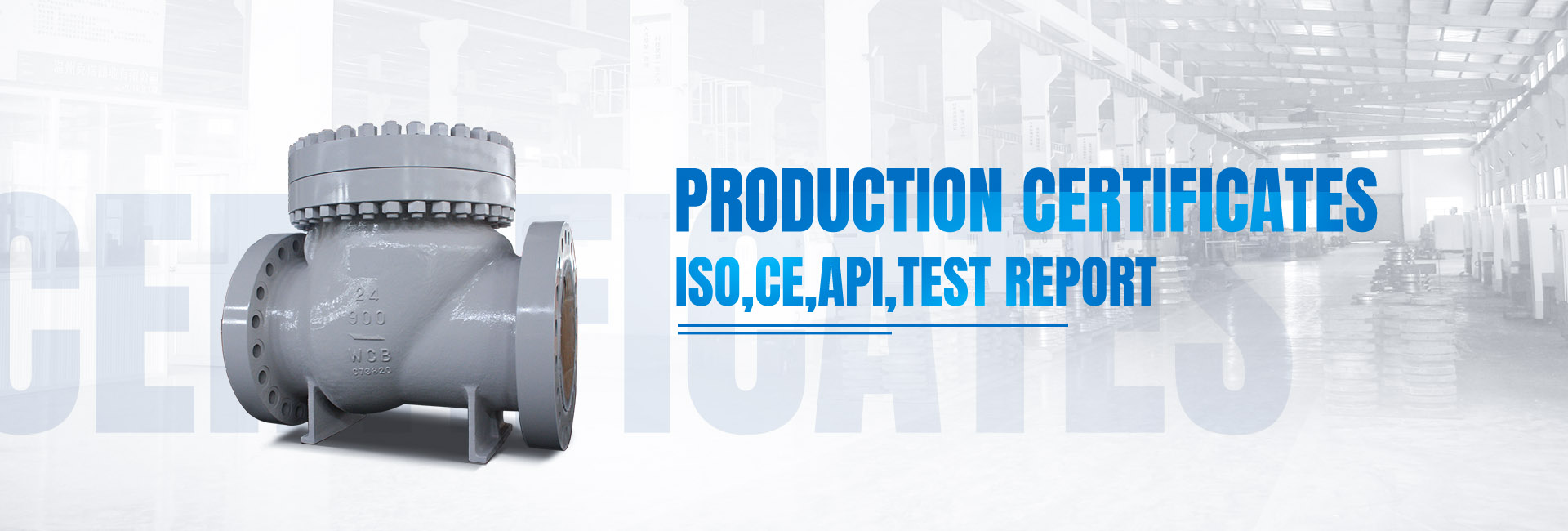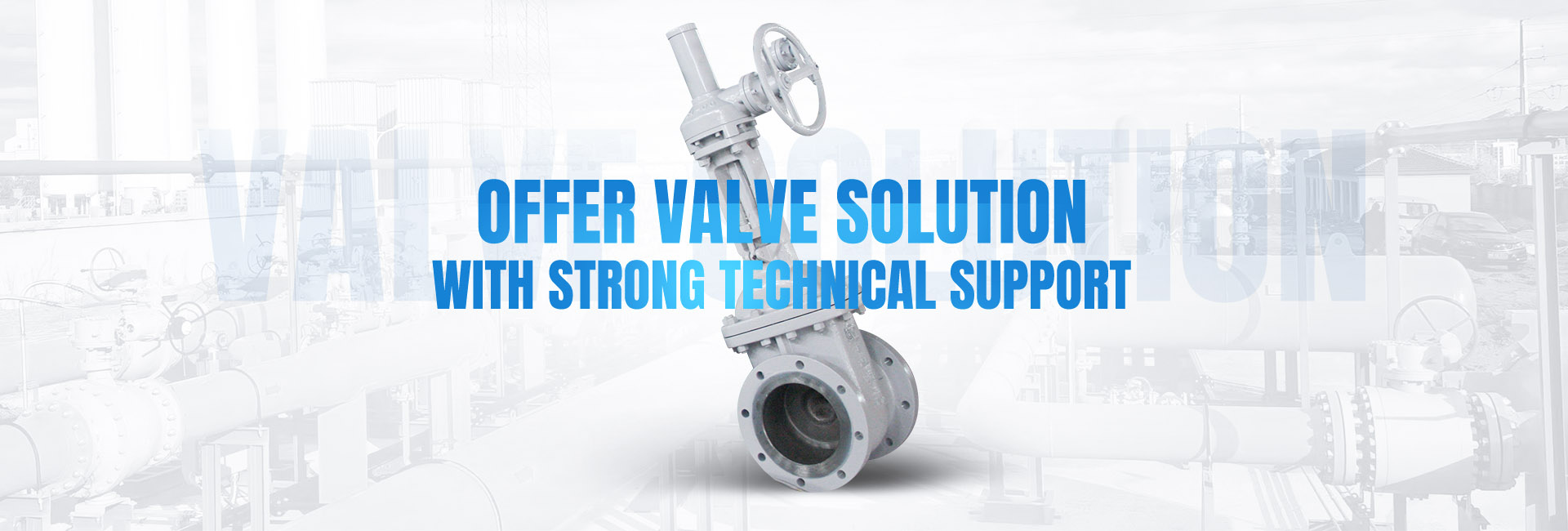Check valves are important components in many piping systems, providing a simple yet effective way to control fluid flow. It plays a vital role in ensuring the safety and efficiency of applications ranging from household plumbing to industrial processes. In this article, we’ll delve into the world of check valves and learn about their functions, different types, and their applications.
Check valves, also called check valves or one-way valves, are designed to allow fluid to flow in only one direction. It consists of body, disc or ball and valve seat. When the pressure on the upstream side of the valve is greater than the pressure on the downstream side, the valve opens, allowing fluid to flow through. However, if the pressure on the downstream side becomes greater, the valve closes, preventing any backflow.
One of the primary purposes of a check valve is to prevent backflow and protect other equipment in the system. For example, in home plumbing systems, check valves installed in sewer lines prevent wastewater from flowing back into the main water supply. Likewise, in irrigation systems, check valves prevent water from flowing back to the main water source, ensuring that only the required areas receive water.
There are many types of check valves, each with its own advantages and applications. The most common types include swing check valves, ball check valves, and lift check valves. Swing check valves have a rotating disk that opens and closes based on the pressure differential across the valve. Ball check valves, as the name suggests, have a ball-shaped disc that moves out of the way when fluid flows in the correct direction. The lift check valve relies on the pressure of the fluid to lift the valve disc when it flows forward, and close it when there is backflow.
Check valves are used in a wide range of industries due to their versatility. In addition to piping systems, they are commonly used in oil and gas pipelines, chemical processing plants, water treatment facilities and HVAC systems. They are critical to preventing equipment damage, maintaining fluid purity, and ensuring the smooth operation of these systems.
Although check valves are relatively simple devices, they require regular maintenance to ensure optimal function. Over time, debris and sediment can accumulate on the valve’s disc or seat, impeding its ability to open or close properly. Check valves must be inspected and cleaned regularly to remove any obstructions and prevent potential failure.
In summary, check valves are critical components of pipelines and other fluid-based systems. Its ability to allow fluid flow in one direction while preventing backflow ensures system safety and efficiency. Check valves are available in different types and can be used in various industries to provide necessary protection and control. Regular maintenance of these valves is critical to maintaining their full potential.
Post time: Nov-18-2023



